Sponsored by Murakami City
Murakami city of Niigata prefecture saw great prosperity during the Edo period of Japan. The city stood as a notable imperial city, complete with a castle. Now, there are barely any remains left of Murakami’s castle. Murakami might no longer be a key metropolitan area of Japan, but it has left behind a robust cultural and artistic heritage for us to enjoy to this day.
An off-the-beaten-path destination, Murakami remains a hidden gem for international travelers. The fall is the perfect season to drop by, as the city holds a superb annual folding screen festival well worth the visit.
A Look into the Life of a Samurai
Samurai, the Upper class citizens of feudal Japan, used to build their houses close to the castle which was always located atop a hill. Some of these residences are now open to the public, so we can look into the past. Both the folding screens and armor on display inside are noteworthy.
We were lucky enough to get a guided tour through the park by one of the gardeners, who shared with us the history of the city. He told us that one of these houses used to belong to Masako, wife of Naruhito the now Crown Prince of Japan.
We felt the need to let the gardener go so he could continue doing his job, but he decided to stay with us a little longer and elaborate on his story of Murakami. He even gave us a ride back to the city center! You really can’t beat Japanese hospitality.
Black Walls, Shiny Indoors
In the furthest area from the castle site we find the neighborhood previously inhabited by the Chonin. These were ordinary citizens who worked for the samurai (bushi). Chonin people generally worked in the trade and crafts businesses. Therefore, it was the trade district of a castle town. Nowadays, this neighborhood still serves as the main shopping area of Murakami.
We briefly discussed the city’s architecture in a previous article about Murakami’s Shintaku restaurant. The highest spot in the town holds a large amount of religious buildings, which are scattered throughout an intricate maze of narrow streets and alleys.
Although Shintaku’s structure is of relatively recent construction, most of the buildings in the area date from the Edo period. Nonetheless, we can find plenty of luxury Edo relics on display inside the restaurants, such as folding screens.
These folding screens served as walls meant to separate the different areas in the restaurant, while simultaneously offering a private space for all guests to enjoy. Back in the day, folding screens always had the same dimensions so they could fit in the equally standardized tatami rooms.
Murakami’s Shopping Area
The city’s shopping district is located on a wide street in Omachi, which crosses the city north to south. We stopped by Kikkawa to take a look at the impressive pieces found inside.
Kosugi Shikki is another must visit store in Omachi. This one-of-a-kind shop was once the lord’s go-to furniture manufacturer in Murakami. Kosugi Shikki specializes in luxury lacquer-ware. Here both ceramics and folding screens are on display during the festival.
The new owners belong to the same lineage who has been running the business for 14 generations! They kindly showed us how these pieces are fabricated, how folding screens work, as well as the materials used to construct them. Apparently, folding screens were often used as murals to showcase and ultimately preserve paintings and other pieces of art.
Bigger folding screens were typically used to separate rooms, while smaller ones served the purpose of providing some privacy to home owners. Medium-sized screens were often found outside the house by the main gate to keep onlookers from peeping into the property, as well as for purely decorative purposes.
Finally, it was time for a snack! We stopped by Fujimien to get us some tea.
Tea Time Surrounded by Historic Folding Screens
Fujimien provides all sorts of locally-produced tea for its customers to try. Ice cream tea is the shop’s specialty and the most acclaimed product they have—it really is as good as it sounds. The store boasts a very traditional atmosphere with a typical tea room, a Japanese fireplace with a metal teapot hanging over it and several folding screens. Not to mention the beautiful garden outside to complete the ensemble.
We left the shop and headed towards another shopping street called Ogunimachi. Here we found Kokonoe-en. From the outside this shop doesn’t look like much, but there’s a real treasure hidden inside.
The owner greeted us with a proud smile and quickly disclosed the shop’s history, which used to serve as a hostel as well. There’s an impressive collection of pottery, tuishi furniture, calligraphy sets and much more inside.
Of course, we can also find lots and lots of folding screens. so much so that it’s almost a museum!
A series of twelve paintings featuring tigers are part of the exhibition. This prized treasure set was received as a gift from a renowned painter, who spent the night at the hostel a long time ago. The tiger was a foreign and unfamiliar animal to Japanese people, so they almost look like playful kittens in the drawings. These pieces just so happened to be the perfect size to be incorporated into different folding screens as well.
Back to the Present
All good things must inevitably come to an end, but first we decided to stop by Kikkawa once more before catching our train home. A 200-year-old salmon shop, Kikkawa also exhibits a beautiful collection of historic folding screens. The impressive Butsudan altar is worth mentioning too!
Written by: José Montaño
Translated by: Virginia


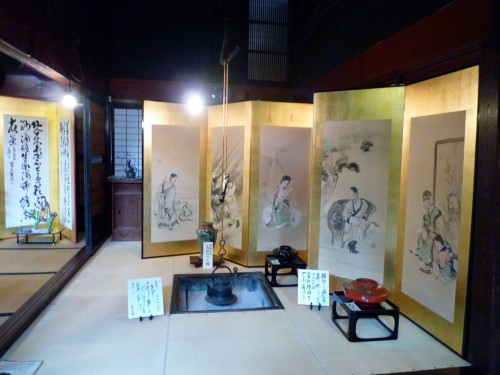
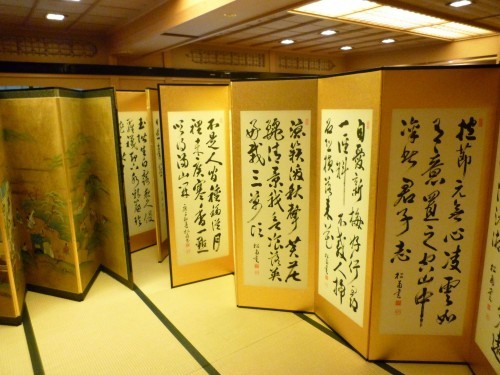
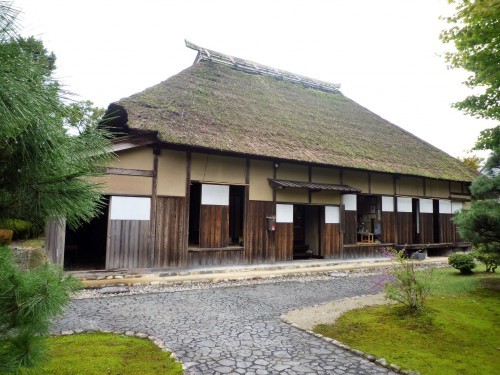

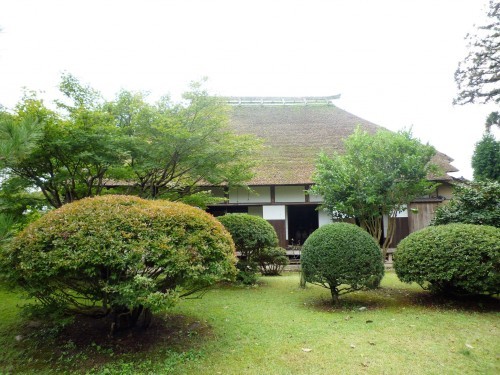
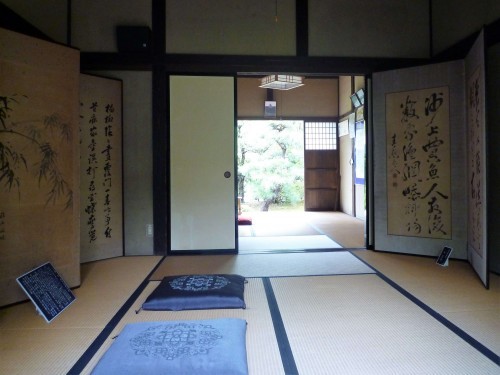
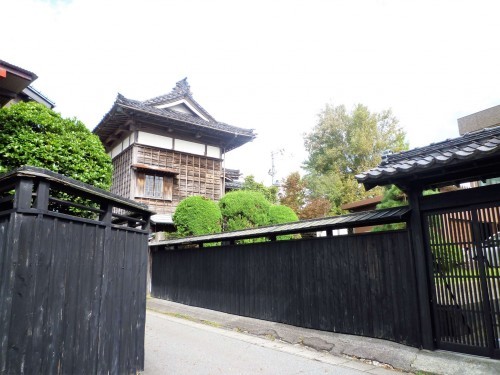
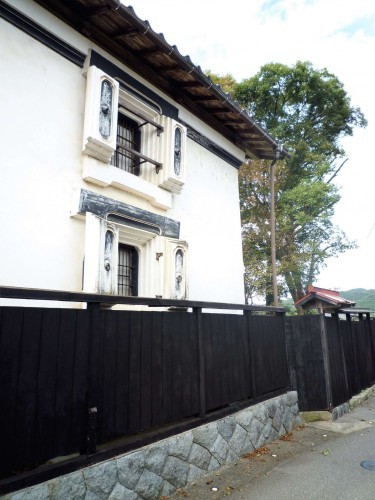
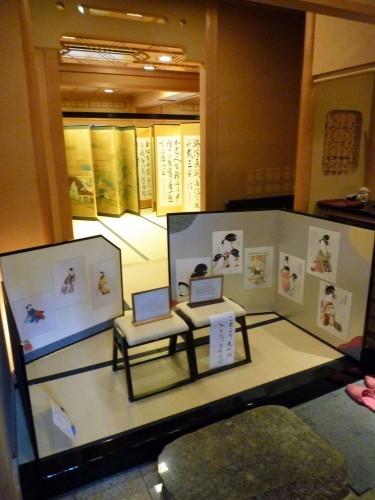
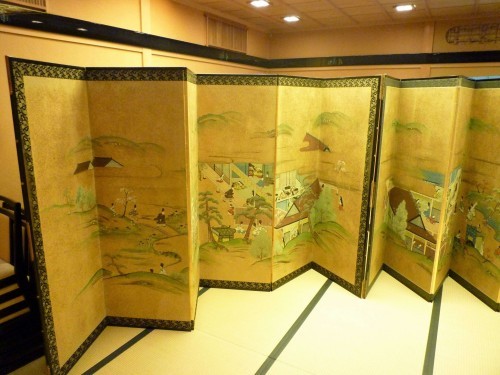

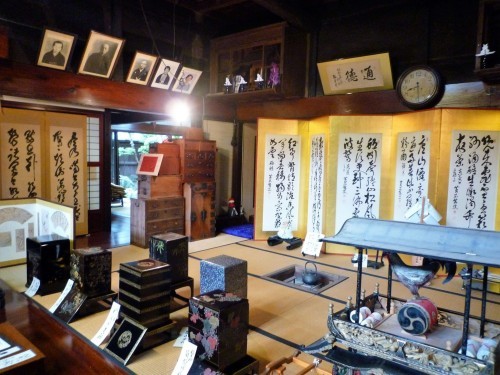
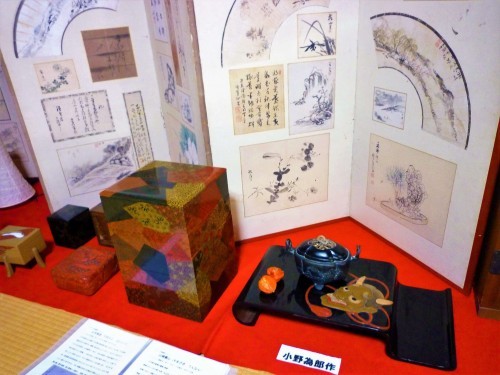
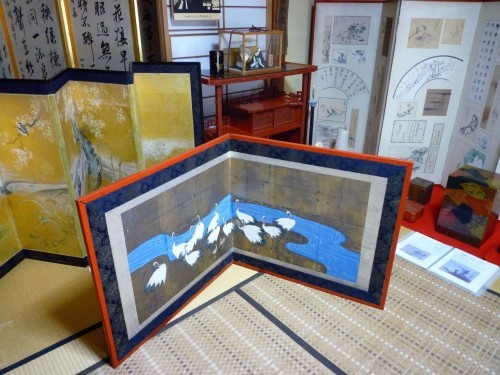
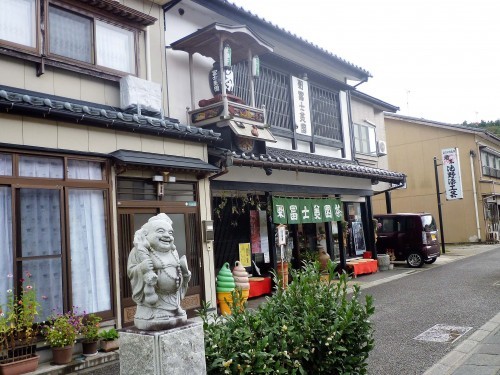
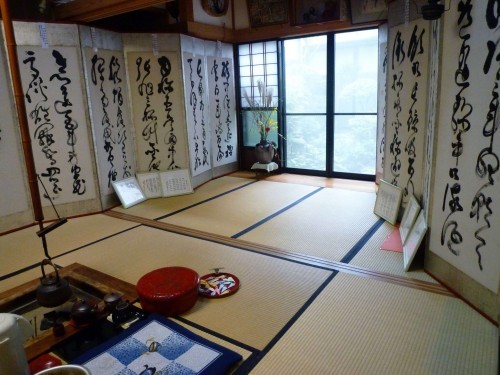
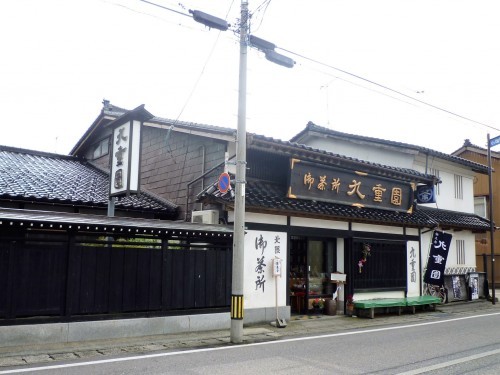
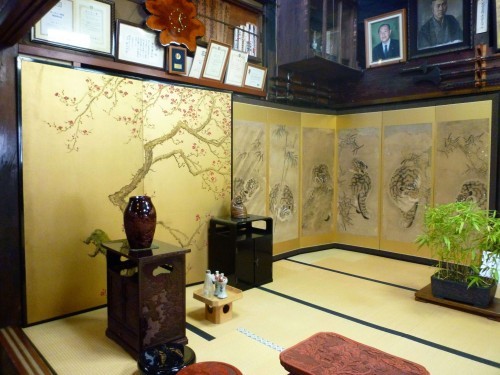
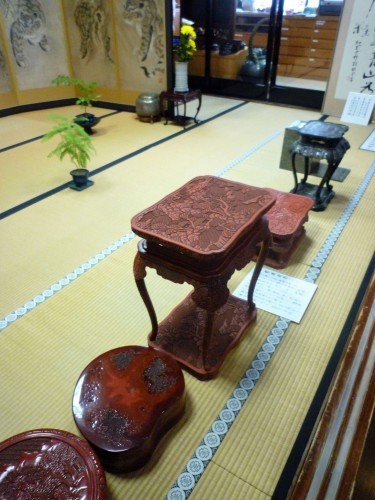
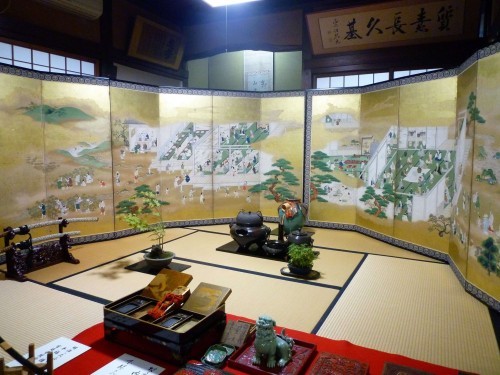
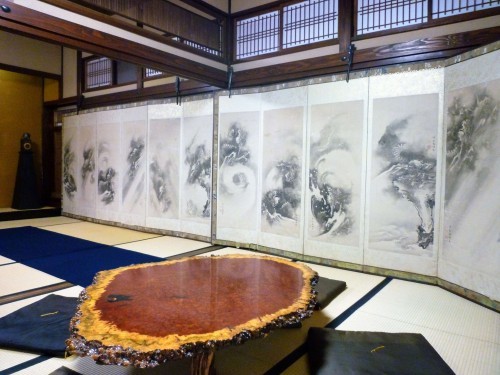
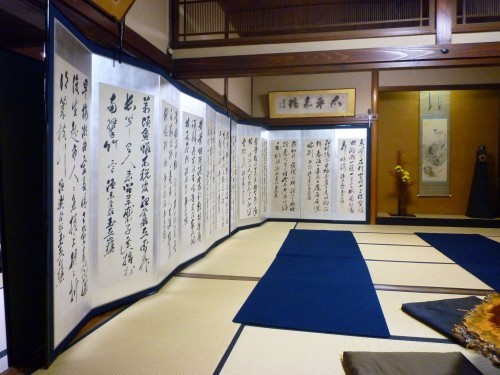
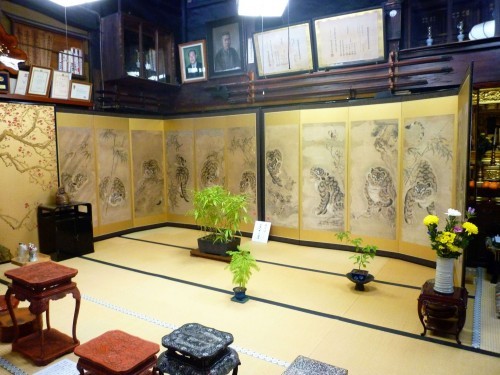
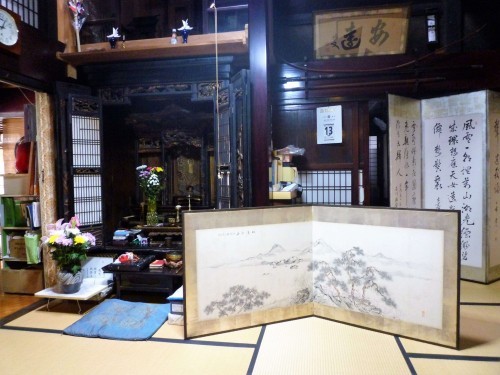












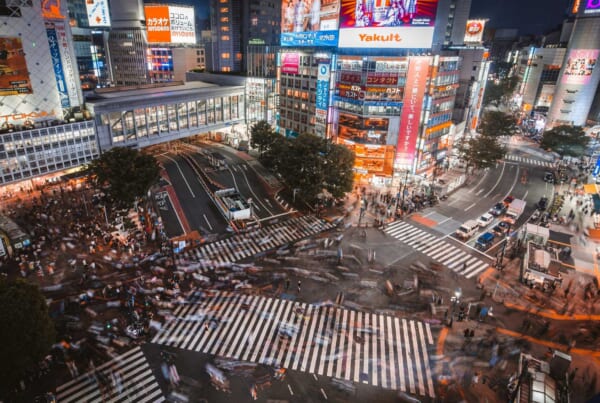

Murakami city is a wonderful place for many reasons, hiking trails, hot springs, temples, shrines, coastline, and much more.